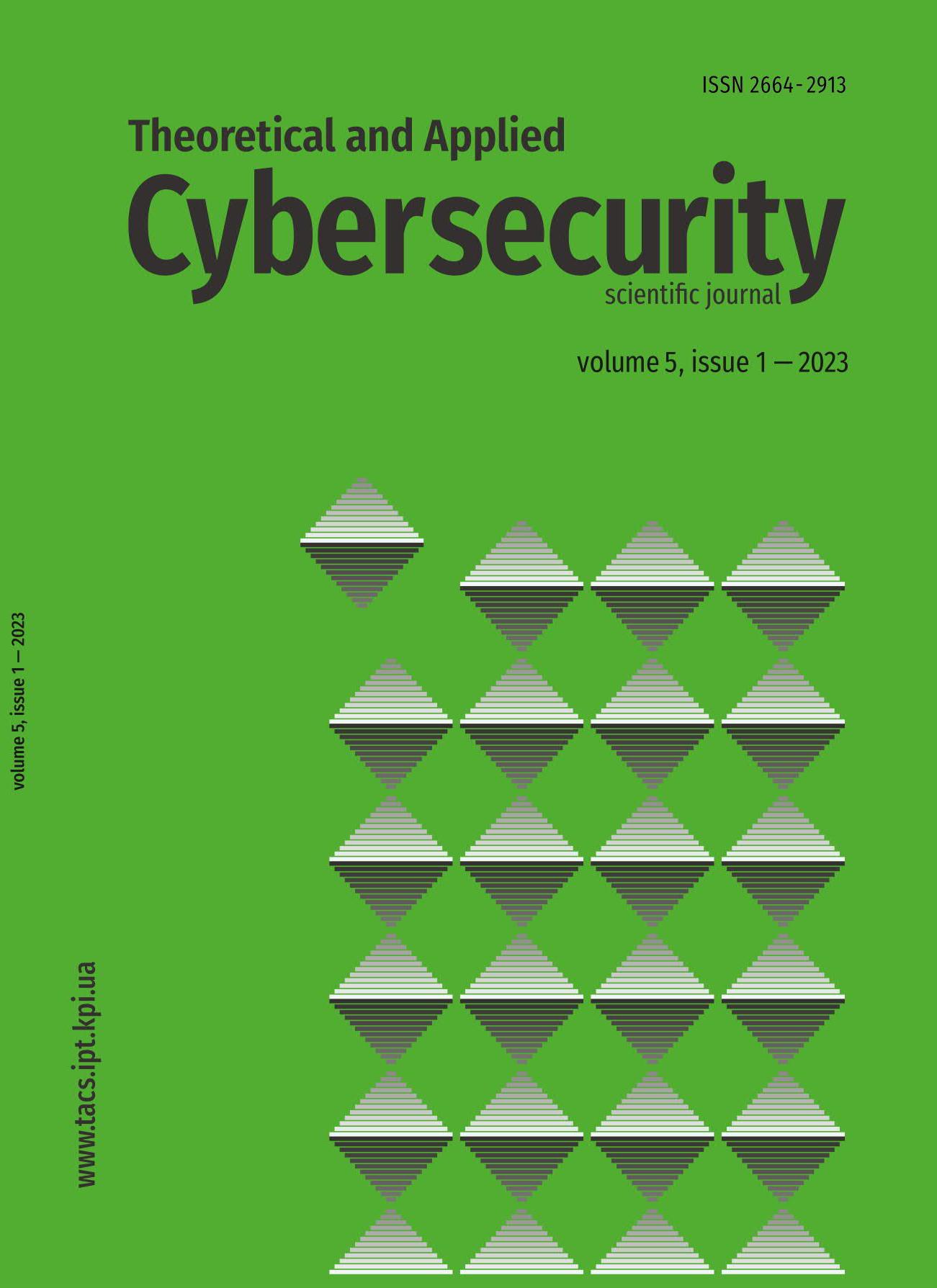Proposing of suggestive influence detection and classification method based on fuzzy logic and feature driven analysis
DOI:
https://doi.org/10.20535/tacs.2664-29132023.1.283565Abstract
This research proposes an approach to identify and classify tools utilized in information operations that aim to exert suggestive influence. The proposed method combines fuzzy sets theory and fuzzy inference methods with a feature-based analysis approach. By employing this approach, the study focuses on identifying and categorizing tools such propaganda, fake, disinformation, manipulation, and artificial narrative. This framework provides a comprehensive and nuanced understanding of the various tactics employed in information operations, allowing for improved analysis and mitigation strategies.
Downloads
Published
Issue
Section
License
Authors who publish with this journal agree to the following terms:
Authors retain copyright and grant the journal right of first publication with the work simultaneously licensed under a Creative Commons Attribution License that allows others to share the work with an acknowledgement of the work's authorship and initial publication in this journal.
Authors are able to enter into separate, additional contractual arrangements for the non-exclusive distribution of the journal's published version of the work (e.g., post it to an institutional repository or publish it in a book), with an acknowledgement of its initial publication in this journal.
- Authors are permitted and encouraged to post their work online (e.g., in institutional repositories or on their website) prior to and during the submission process, as it can lead to productive exchanges, as well as earlier and greater citation of published work (See The Effect of Open Access).

